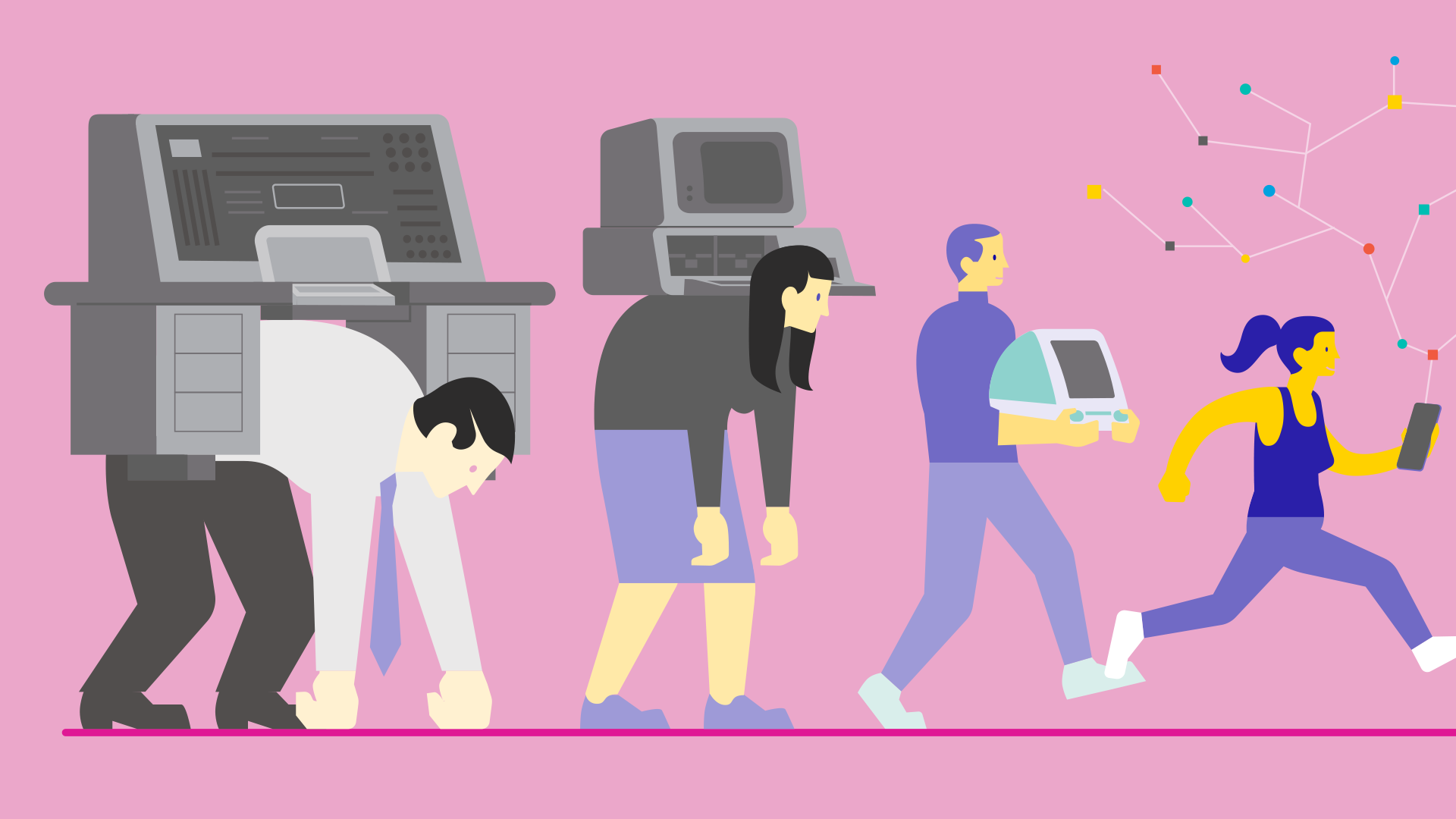Exploring the Power of Parallel Programming
 Krishna N Mehta
Krishna N Mehta
As a newbie writer, I'm excited to share my insights after exploring Parallel Programming. Join me as I break down the basics of parallel programming and its practical importance in this beginner-friendly article.
In today's fast-paced digital era, where technology is advancing at an unprecedented pace, the world of computing is undergoing a profound transformation. The captivating field of parallel programming is opening up new horizons and possibilities in the world of computing, and it's an exciting journey that every aspiring programmer should embark upon.
Introduction: What is Parallel Programming?
At the heart of every computer lies a microprocessor, the brain that executes instructions and carries out computations. For years, the driving force behind our technological progress has been Moore's Law, which posits that computer speed doubles approximately every 18 months. As a result, our devices have become increasingly powerful, fitting more transistors onto silicon chips. This phenomenon has led to faster computers that can handle larger volumes of data. But there's a challenge – the more transistors we pack onto a chip, the more compute engines we have, and these engines need to be harnessed effectively.
Why Learn Parallel Programming?
Parallel programming is the art of creating instructions that allow multiple processors to work together harmoniously, like a well-orchestrated symphony. This skill is vital as modern computers have multiple cores – essentially individual processing units – within a single chip. While each core can perform computations independently, the real magic happens when they collaborate on tasks. However, there's a catch: while processor speeds have been skyrocketing, memory and data access speeds haven't kept pace. This discrepancy has given rise to a bottleneck where processors are idly waiting for data.
This is where parallel programming steps in to bridge the gap. It connects multiple processors to multiple memory chips, allowing for better scalability and efficient utilization of resources. Companies like Google and Yahoo are diving deep into this world, working to enhance the connection between the processor and the rest of the architecture, making sure data flows seamlessly and tasks get completed faster.
Parallel Programming in Action: Real-World Applications
Parallel programming isn't just a concept confined to textbooks; it's woven into the fabric of numerous real-world applications. Imagine crafting stunning movie visuals, delving into complex computational biology, simulating intricate body and atmospheric behaviors, predicting stock prices, and exploring uncharted terrains for oil. All these tasks require immense computational power, and parallel programming provides the key to unlock their potential.
For instance, in the world of movie-making, parallel programming enables the simultaneous generation of images, bringing lifelike graphics and breathtaking animations to the big screen. Even beyond entertainment, parallel programming shines in data centres, vast hubs brimming with processing boxes, servers, and storage devices. These data centres process colossal amounts of data and perform a wide array of tasks, often with multiple users needing their computations to be executed simultaneously.
Concurrent Harmony: The Essence of Parallel Programming
In the parallel programming landscape, the concept of concurrency takes centre stage. Concurrency refers to processes and threads cooperating and communicating to achieve a common goal. Think of it as multiple tasks being juggled at once, with each task contributing to the bigger picture. There are two primary ways of achieving this: shared memory and message passing.
In shared memory, data is read and written from a common address space, while message passing involves sending data directly to specific recipients. These techniques are not exclusive; they can coexist in the same program, working in tandem to harness the power of parallelism.
Challenges and the Road Ahead
While parallel programming opens up new avenues, it's not without its challenges. As programmers, we must grapple with issues such as race conditions, where multiple processes vie to access and modify shared data simultaneously. The complexity doesn't stop there; as we dive deeper into concurrent programming, the art of synchronization becomes paramount. We must ensure that threads work in harmony, avoiding conflicts and ensuring efficient resource management.
Parallel programming isn't about merely writing code; it's about thinking in parallel, altering our mindset to consider access to data structures and algorithms from a parallel perspective. It's a shift in how we perceive problems, opening doors to more efficient and powerful solutions.
Conclusion: Unlocking the Future with Parallel Programming
In a world where the demand for computational power is ever-increasing, parallel programming emerges as a superhero, enabling computers to perform tasks at lightning speeds. Learning parallel programming isn't just about acquiring a skill; it's about embracing a mindset that empowers us to leverage the full potential of modern computing.
Subscribe to my newsletter
Read articles from Krishna N Mehta directly inside your inbox. Subscribe to the newsletter, and don't miss out.
Written by

Krishna N Mehta
Krishna N Mehta
I am a developer passionate about building websites. I love learning new things and always up for a meaningful conversation.